IRAZU is a versatile 2D/3D finite-discrete element software package for the analysis of large deformations, fracturing, and stability in rock masses.
OVERVIEW
The integration of various multiphysics solvers and advanced features into a single software package enables Irazu to be used for a wide range of engineering applications, including but not limited to excavations, slope stability, tunnelling, dynamic analysis, mining, and reservoir geomechanics. Irazu comes with extensive tutorial, theory, and verification manuals.
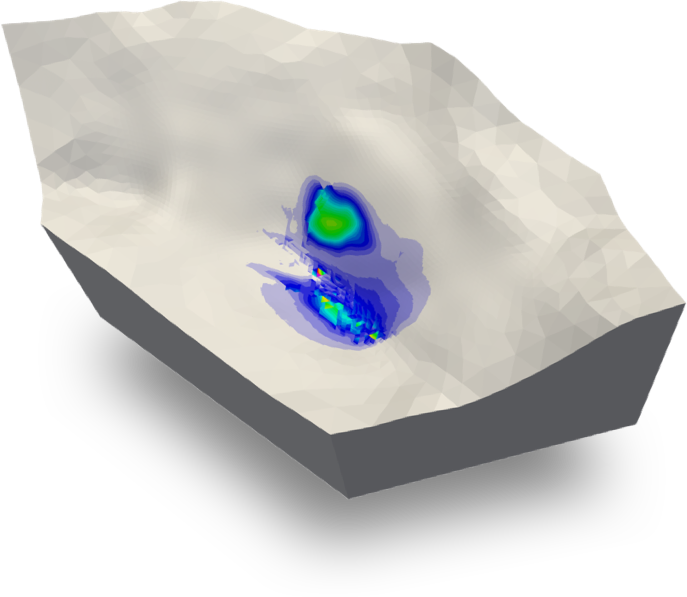
HIGHLIGHTS
INTUITIVE MODEL SETUP & PROCESSING
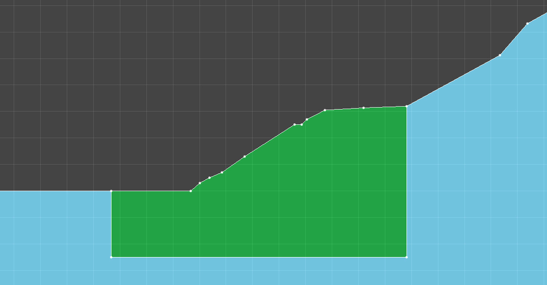
Geometry creation

Geometry creation
Model geometry can be created and meshed seamlessly using the integrated CAD capabilities of Irazu.
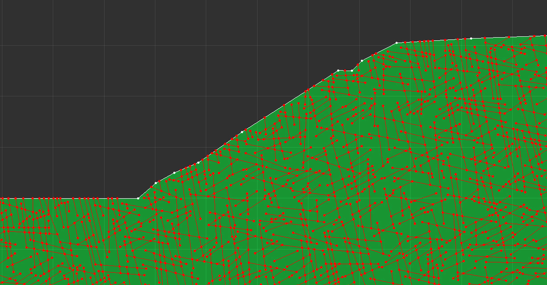
DFN generation

DFN generation
A variety of Discrete Fracture Network types can be generated directly in Irazu (in 2D only), including parallel deterministic, statistical, persistent and non-persistent. Alternatively, joint networks can be imported as DXF files from third-party software.
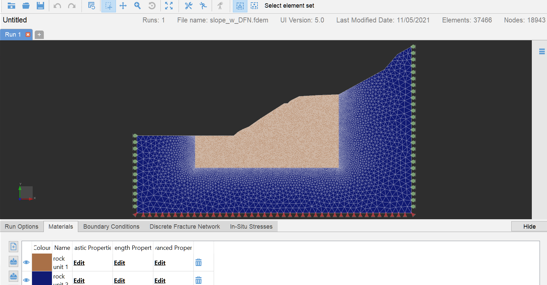
Model Building

Model Building
Material properties, initial and boundary conditions, and simulation sequences are defined and assigned to the mesh using the intuitive graphical user interface of Irazu. Advanced model building capabilities include image-based material mapping and parametric study definition.
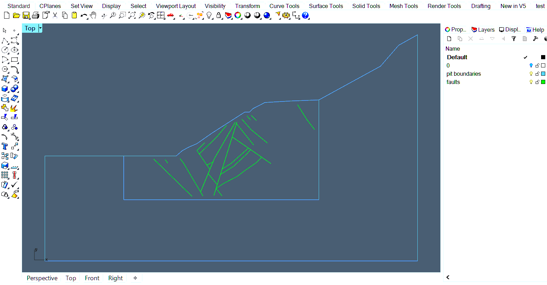
CAD import

CAD import
Model geometry can be created using third-party CAD software and then imported in Irazu for meshing using the dxf file format.
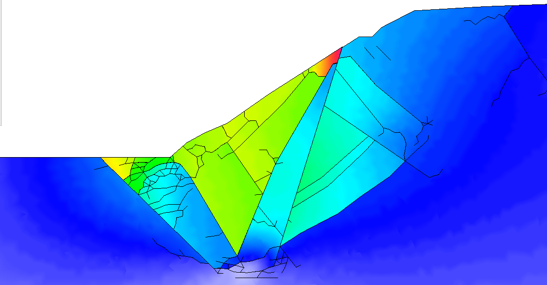
Post-processing

Post-processing
The Irazu graphical user interface allows for the run-time colour contouring of all model variables, extensive plotting and analysis of data, as well as screenshot and animation extraction.
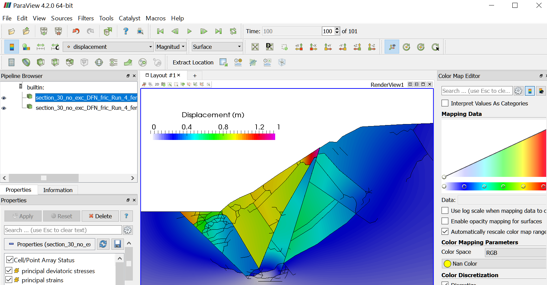
ParaView & scripting

ParaView & scripting
Irazu simulation results are fully compatible with the open-source, multi-platform ParaView data visualization software, which allows to carry out custom filtering of data and automated routine post-processing using Python scripting.
SOLVERS & PHYSICS

Mechanical solver

Mechanical solver
An explicit, finite-discrete element method (FDEM) based solver combines principles of continuum mechanics, nonlinear fracture mechanics, and discrete element algorithms to carry out static and dynamic analyses of rock deformation and fracturing.
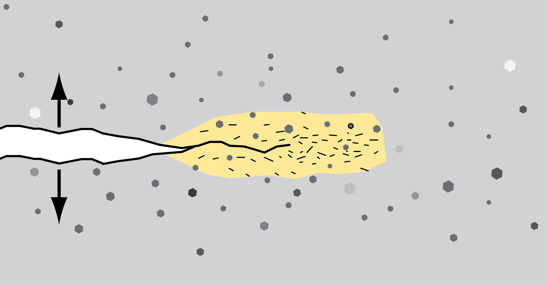
Fracturing

Fracturing
The nucleation and growth of fractures is captured by an intrinsic cohesive fracture model based on nonlinear fracture mechanics without any a priori assumption on fracture locations and trajectories.
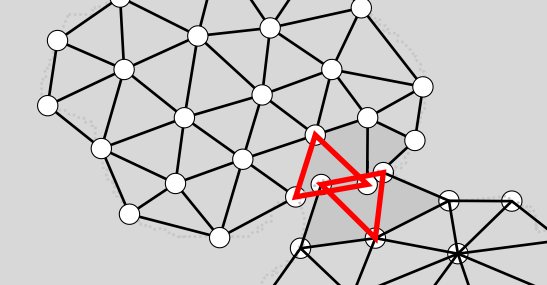
Coupling of FEM+DEM

Coupling of FEM+DEM
The elastic response of the rock is captured by continuum mechanics based on the finite element method (FEM), whereas its discontinuous behaviour is simulated by discrete element method (DEM) algorithms, including detection and interaction of contacting rock blocks.
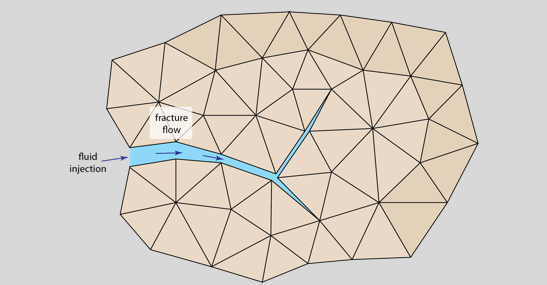
Hydraulic solver

Hydraulic solver
An integrated hydraulic solver simulates steady and transient fluid flow inside existing and newly-created rock mass fractures under the assumptions of viscous, quasi-incompressible fluid. The solver is fully coupled with mechanical, solid transport and thermal solvers.
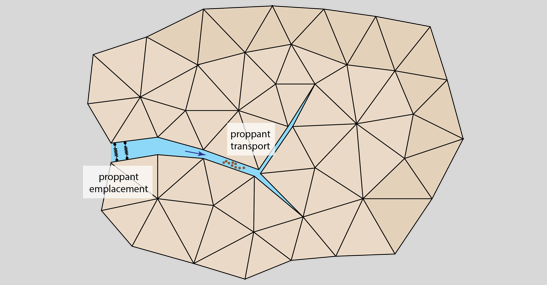
Transport solver

Transport solver
A solid transport solver simulates the advection of proppant particles with fracture flow and their emplacement due to gravitational settling. Coupling with the mechanical solver allows fracture propping to be captured.
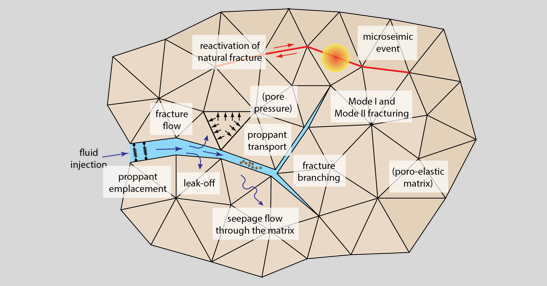
Thermal solver

Thermal solver
Heat conduction, heat advection and convective thermal transfer are captured by an integrated thermal solver which is fully-coupled with both mechanical and hydraulic solvers.
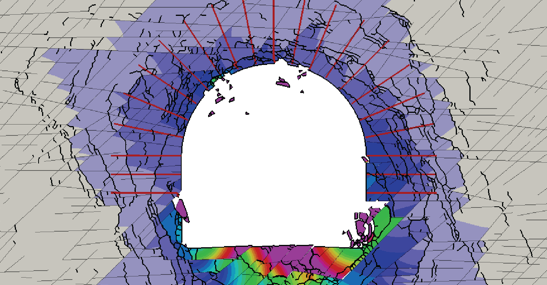
Rock support

rock support
The presence of rockbolts is modelled with dedicated 1D structural elements characterized by an elasto-plastic constitutive model and coupled with the solid rock via dedicated spring-slider connectors representing the shear behaviour of the grout.
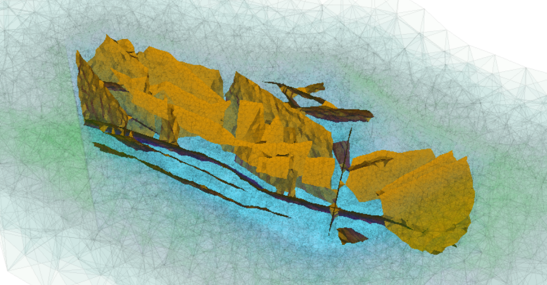
rock joints

rock joints
Rock mass discontinuities are explicitly represented as frictional or cohesive-frictional contacts between finite elements and have hydro-mechanical properties that differ from those of the surrounding rock.
IRAZU VERSIONS
| SOFTWARE | MECHANICAL SOLVER |
FRACTURE SOLVER |
HYDRAULIC SOLVER |
THERMAL SOLVER |
|---|---|---|---|---|
| IRAZU 2D/3D | ||||
| IRAZU 2D/3D HYDRO |
||||
| IRAZU 2D/3D THERMO |
||||
| IRAZU 2D/3D SUITE |
LICENSING
Lease
Leased annually.
Includes Maintenance.
Floating
Installed on a given number of computers with the license file on a server.
Perpetual
Purchased outright. Includes one year of Maintenance.
Node-locked
Locked to one computer.
MAINTENANCE
Maintenance includes continuous software updates and expert support. This gives you access to all new features, improvements, and bug fixes throughout the year.
IRAZU VS CONVENTIONAL SOFTWARE
| PHENOMENON | IRAZU | CONTINUUM | DISCONTINUUM | ANALYTICAL |
|---|---|---|---|---|
| Elasticity + classic continuum-based constitutive models | ||||
| Brittle fracturing and progressive damage | ||||
| Hydraulic fracturing and flow through fractures | ||||
| Large deformation, interaction between discrete bodies | ||||
| Risk analysis | Hazard + consequence | Hazard | Hazard | Hazard |
FEATURES
COMPUTE CAPABILITY
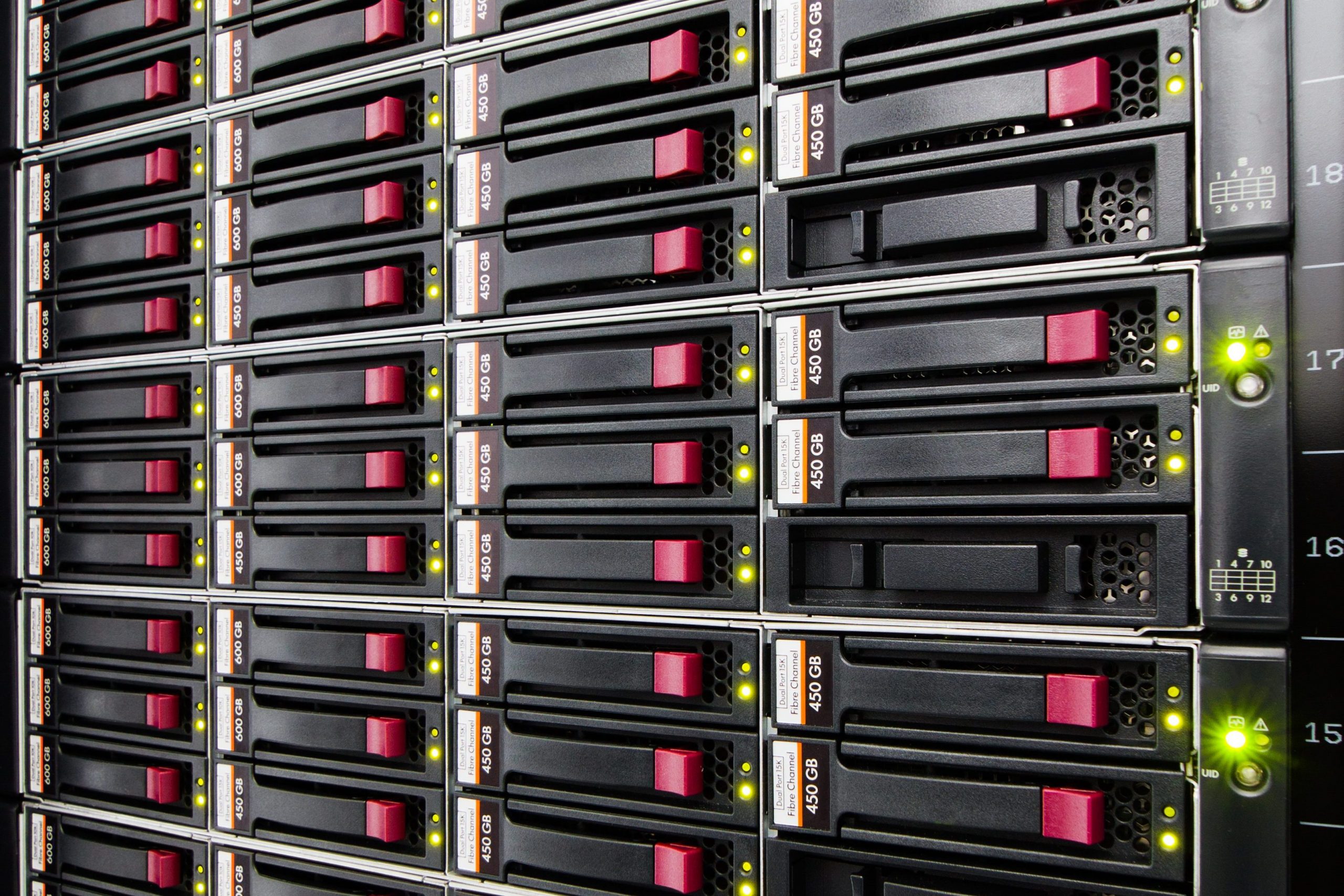
- High performance GPU acceleration
- 64-bit computing
- Explicit mechanical, hydraulic, solid transport, and thermal solvers
- Flexible coupling and sequencing of solvers
DATA INTERPRETATION
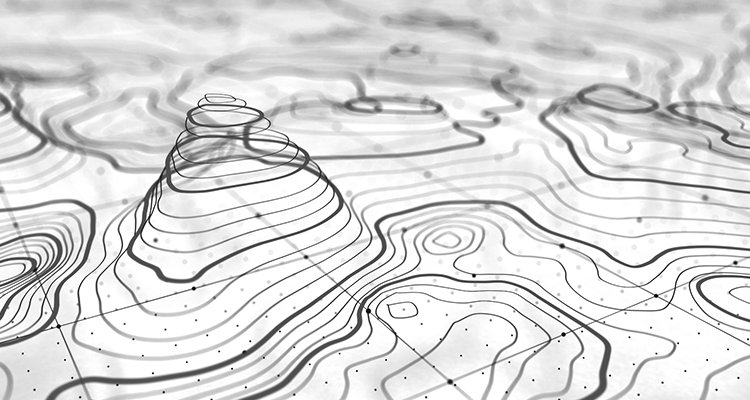
- 2D/3D views
- Stress, strain, force, displacement, velocity contours
- Temperature and fluid pressure contours
- Displacement and velocity vectors
- Fracture and failure mode visualization
- Full extension and automation via ParaView
- Export images and animations
MODELLING

- Intuitive graphical user interface
- Interactive geometry creation
- Import DXF files
- Image-based material mapping1
- Grid and object snapping
- Material property database
- Layers sidebars
- Excavation staging/sequencing
- Material-based and regional excavations1
- Parametric study
- Model snapshots and restart analysis
- Both FDEM and FEM analysis modes
- Fracture nucleation and growth based on nonlinear fracture mechanics
- Various contact models
- Multi-body contact dynamics
1 Currently available in Irazu 2D only.
FAR-FIELD STRESS
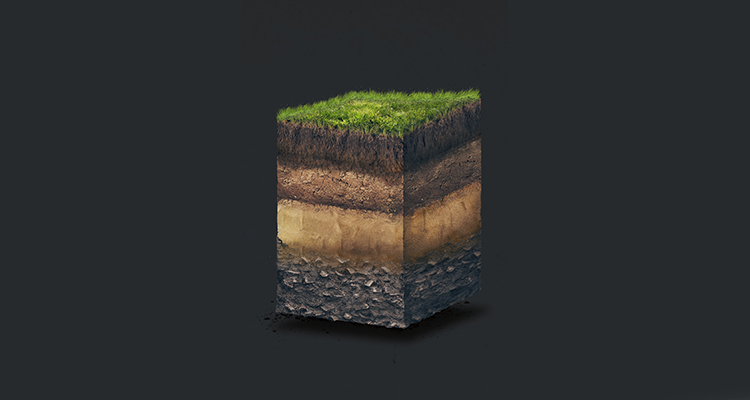
- Constant stress field
- Gravity stress field
- Linearly varying stress field along depth
ROCK JOINTS
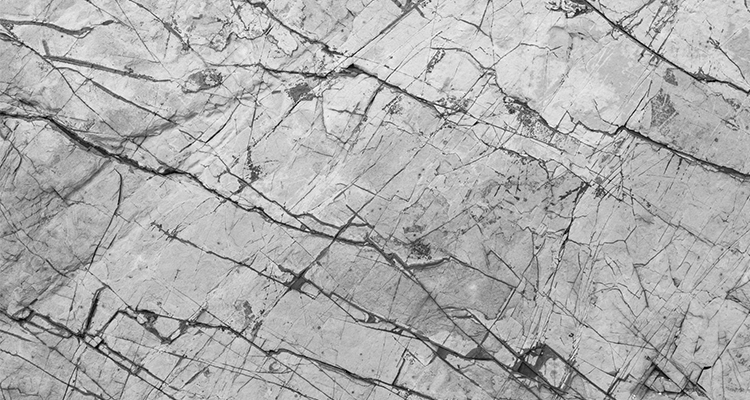
- Stochastic Discrete Fracture Network
- (DFN) generation1
- Parallel deterministic, statistical, persistent, or non-persistent joints
- Cross joints
- Import DFN from text or DXF files1
- Frictional or cohesive joints
1 Currently available in Irazu 2D only.
LOADS & BOUNDARY CONDITIONS
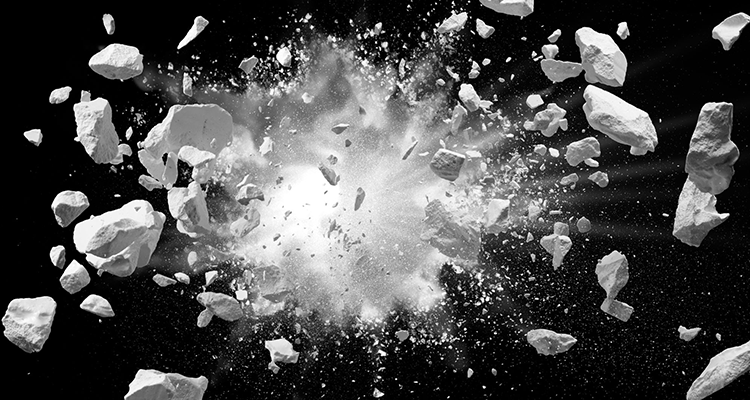
- Surface pressure
- Distributed loads
- Velocities
- Fluid flow rate and pressure
- Borehole flow rate and pressure
- Import pore pressure grids
- Temperature and heat rate
- Proppant volumetric flow rate and concentration
- Dynamic analysis
- Adiabatic expansion model with dynamic pressure in fractures
- Time variation of all boundary conditions
MATERIAL MODELS
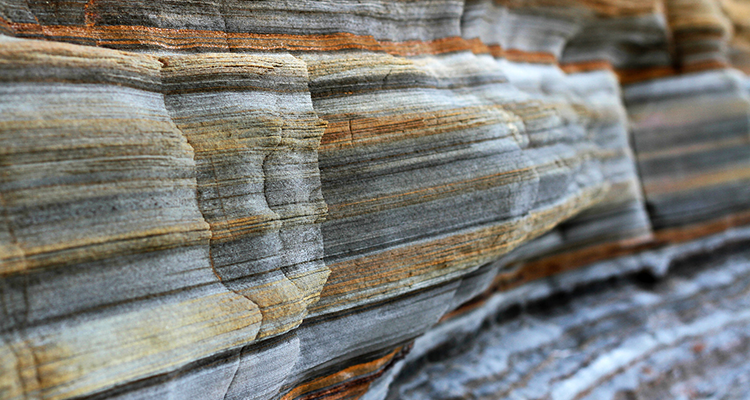
- Elastic FEM (Lame, plane stress/strain)
- Isotropic and transversely isotropic stiffness models
- Isotropic and anisotropic strength models
- Mohr-Coulomb failure criterion
- Post-peak yield based on nonlinear fracture mechanics
- Cohesive fracture model
- Coupled finite-discrete element formulation
- Time variation of all material/strength properties
MESHING

- 2D triangular and 3D tetrahedral mesh
- Full control on mesh sizing at all geometric levels
- Graded or uniform meshing
- Import mesh from other software
- Graphical mesh quality window
- Easy material and boundary condition selection based on geometric entities
- Define mesh refinement zones
THERMAL
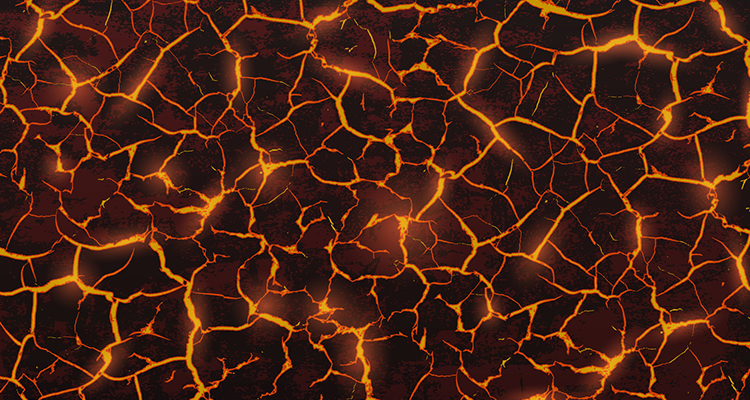
- Thermal conduction in solids and fluids
- Thermal advection
- Convective thermal transfer
- Contact thermal transfer
- Thermal deformations and stresses
HYDRAULIC
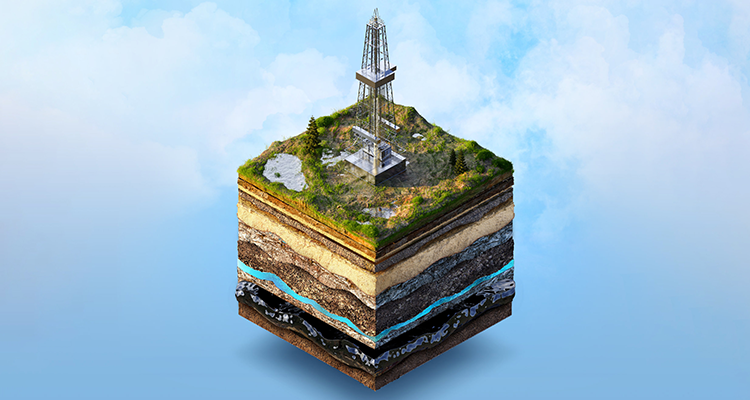
- Fracture flow
- Carter’s leak-off
- Permeable/impermeable fractures and matrix
PROPPANT
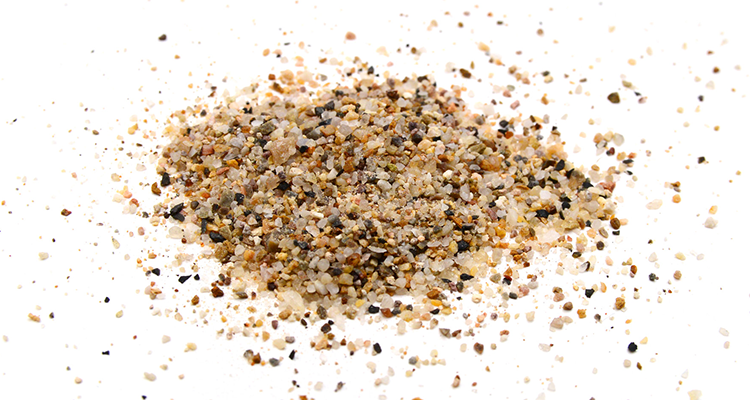
- Advective transport
- Proppant settling
- Formation of proppant packs and bridges
ROCK SUPPORT1
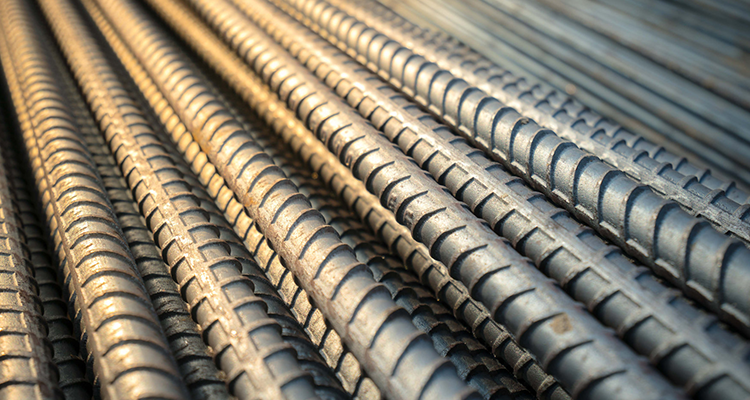
- Rockbolts
- Elastic and elasto-plastic models
- Full or partial grouting
- Staged support installation
- Passive or active (pre-tensioned)
1 Currently available in Irazu 2D only.
DOCUMENTATION

- Tutorial manual with example input files
- Verification manual with corresponding input files
- Theory manual covering all implementations
COMPUTE CAPABILITY

- High performance GPU acceleration
- 64-bit computing
- Explicit mechanical, hydraulic, solid transport, and thermal solvers
- Flexible coupling and sequencing of solvers
DATA INTERPRETATION

- 2D/3D views
- Stress, strain, force, displacement, velocity contours
- Temperature and fluid pressure contours
- Displacement and velocity vectors
- Fracture and failure mode visualization
- Full extension and automation via ParaView
- Export images and animations
MODELLING

- Intuitive graphical user interface
- Interactive geometry creation
- Import DXF files
- Image-based material mapping1
- Grid and object snapping
- Material property database
- Layers sidebars
- Excavation staging/sequencing
- Material-based and regional excavations1
- Parametric study
- Model snapshots and restart analysis
- Both FDEM and FEM analysis modes
- Fracture nucleation and growth based on nonlinear fracture mechanics
- Various contact models
- Multi-body contact dynamics
1 Currently available in Irazu 2D only.
FAR-FIELD STRESS

- Constant stress field
- Gravity stress field
- Linearly varying stress field along depth
ROCK JOINTS

- Stochastic Discrete Fracture Network
- (DFN) generation1
- Parallel deterministic, statistical, persistent, or non-persistent joints
- Cross joints
- Import DFN from text or DXF files1
- Frictional or cohesive joints
1 Currently available in Irazu 2D only.
LOADS & BOUNDARY CONDITIONS

- Surface pressure
- Distributed loads
- Velocities
- Fluid flow rate and pressure
- Borehole flow rate and pressure
- Import pore pressure grids
- Temperature and heat rate
- Proppant volumetric flow rate and concentration
- Dynamic analysis
- Adiabatic expansion model with dynamic pressure in fractures
- Time variation of all boundary conditions
MATERIAL MODELS

- Elastic FEM (Lame, plane stress/strain)
- Isotropic and transversely isotropic stiffness models
- Isotropic and anisotropic strength models
- Mohr-Coulomb failure criterion
- Post-peak yield based on nonlinear fracture mechanics
- Cohesive fracture model
- Coupled finite-discrete element formulation
- Time variation of all material/strength properties
MESHING

- 2D triangular and 3D tetrahedral mesh
- Full control on mesh sizing at all geometric levels
- Graded or uniform meshing
- Import mesh from other software
- Graphical mesh quality window
- Easy material and boundary condition selection based on geometric entities
- Define mesh refinement zones
THERMAL

- Thermal conduction in solids and fluids
- Thermal advection
- Convective thermal transfer
- Contact thermal transfer
- Thermal deformations and stresses
HYDRAULIC

- Fracture flow
- Carter’s leak-off
- Permeable/impermeable fractures and matrix
PROPPANT

- Advective transport
- Proppant settling
- Formation of proppant packs and bridges
ROCK SUPPORT1

- Rockbolts
- Elastic and elasto-plastic models
- Full or partial grouting
- Staged support installation
- Passive or active (pre-tensioned)
1 Currently available in Irazu 2D only.
DOCUMENTATION

- Tutorial manual with example input files
- Verification manual with corresponding input files
- Theory manual covering all implementations
SYSTEM REQUIREMENTS
MINIMUM
RECOMMENDED
GRAPHICS
NVIDIA GPU with a minimum compute capability of 6
NVIDIA GPUs: GeForce RTX 3090 or 4090; RTX A6000; Quadro GP100 or GV100; Tesla V100; A100; A30; H100
STORAGE
500 GB of hard disk space (mostly for storing simulation data, 1 GB for the software)
4 TB of hard disk space (mostly for storing simulation data, 1 GB for the software)
MEMORY
8 GB of RAM
64 GB of RAM
PROCESSOR
Dual-core processor
Quad-core or better processor (Intel Core i5, Intel Core i7, or Intel Xeon processor)
SYSTEM
Operating system: Windows 10 (64-bit); Ubuntu 18.04 or 20.04 LTS (64-bit)
Operating system: Windows 10 (64-bit); Ubuntu 18.04 or 20.04 LTS (64-bit)
Additional Minimum Requirements for GPU Processing
One or more NVIDIA GPU cards (computing or gaming), each with the following criteria:
At least 4 GB memory
Fast double-precision processing capabilities
A CUDA compute capability of 6 or higher. (See the GPUs Supported table for a list of GPUs and their compute capabilities.)
A graphics driver version* that supports the CUDA version 10 toolkit or higher. (See the CUDA Driver table for a list of which driver version supports which toolkit version.)
* Ensure your GPU card drivers are updated before using Irazu.
GAMING
CARDS:
GTX 1080/1080 Ti
RTX 2080/2080 Ti
RTX 3080
RTX 3090
RTX 4090
COMPUTING
WORKSTATION CARDS:
RTX A5000
RTX A6000
Quadro GP100
Quadro GV100
COMPUTING
SERVER CARDS:
Tesla P100
Tesla V100
A100
H100
COMPUTATIONAL PERFORMANCE
Irazu employs state-of-the-art, GPU-based, high performance computing (HPC) technology to gain impressive performance speedups and a significant reduction in runtime relative to similar CPU-based software. A typical simulation can be 60 to 300 times faster on the GPU than on the CPU. A 64-bit computing architecture allows the user to analyze large problems. Availability of both Microsoft Windows and Linux versions allows execution of the software on a wide range of hardware and cloud infrastructure.
Evolution of fdem simulation times (min)
It takes about 45-50 min to run 200,000 time steps in a 2D model with 300,000 elements. This model is pre-stressed with in-situ stresses. If the model is not pre-stressed (e.g., a UCS test model), the simulation can be up to 3 times faster.
In Irazu 3D, fixing contact topology can speed up the simulation up to 25%, while using a new simplified contact interaction algorithm can add an extra speedup of up to 75%.